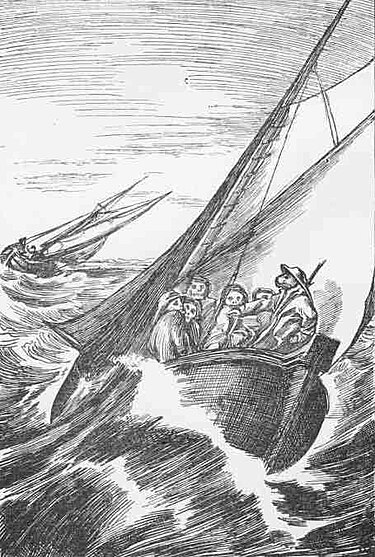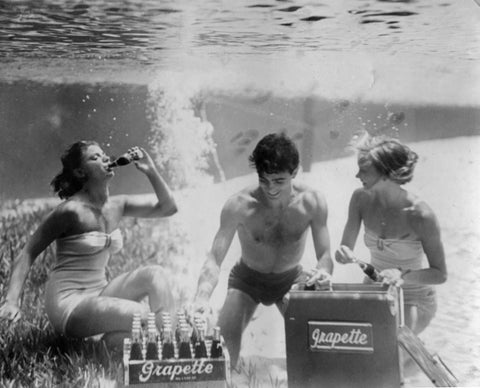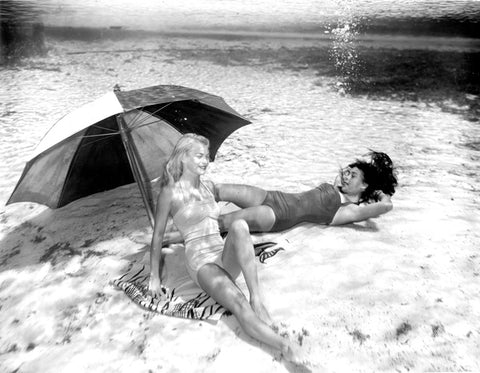created 2025-06-19, & modified, =this.modified
rel: Monsters - Evil Beings, Mythical Beasts and All Manner of Imaginary Terrors by Gilmore Survey of Sirens
Why I’m reading
I’ve had this in my queue after reading an excerpt that related to Sirens, and have been meaning to get to it.
General interest in the mysterious depths (life in which I cannot even conceive).
The depth of the ocean are akin to a deep dark forest. What monsters come from the spaces where things are unknown?
From Beneath The Waves: Sea-Draugr and the Popular Conscience
rel: River and Death
Rime of the Ancient Mariner (1908) features walking corpses, in the form of the reanimated crewmates of the mariner, brought back to life once he admits his sins, who then steer his ship back to land. The Mariner himself is now the property of Life-in-Death, a sinister female figure that condemns him to a living death of his own, doomed to tell his story forever more.
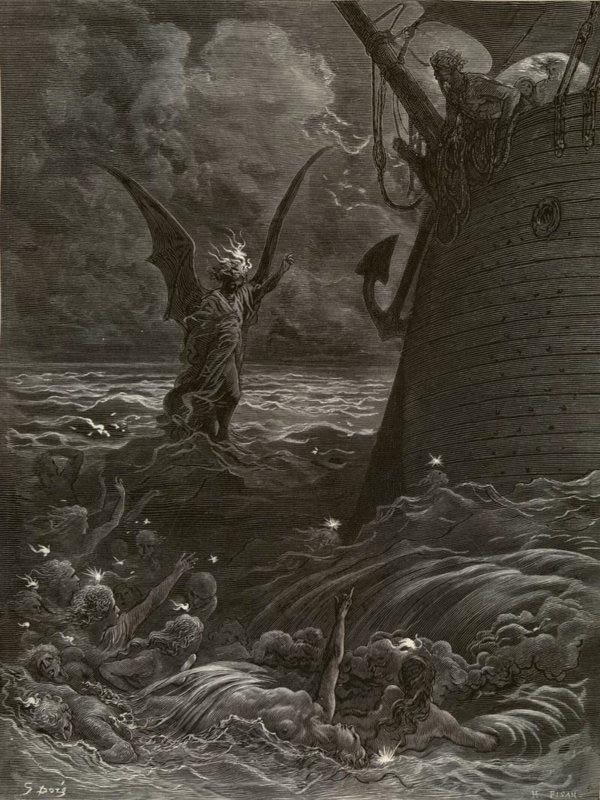
The juxtaposition of reanimated corpses, guilt and the sea is a regular motif in culture.
The archetypical Draugr is huge, bloated and either pale or black. In other words, they more closely resemble the distended corpses of the drowned than the withered, rotted or skeletonised contents of barrows
Norwegian Draugr
The draugr in Norway is instead associated with ghosts of people lost at sea.
In later folklore it became common for it to be a ghost of dead fisherman who had drifted at sea and was not given a proper burial in Christian soil. This draugr wore a leather jacket, or was dressed in oilskin, but had a bundle of seaweed for hair.
Those slain by a Draugr are sometimes bound to their killer as enslaved ghosts. They inhabit barrows, often filled with treasure. Icelandic Draugr are free-roaming.
In the Titanic original script there is a sense of the Sea-Draugr
THE WRECK OF TITANIC looms like a ghost out of the dark. It is lit by a kind of moonlight, a light of the mind… WE GO INSIDE, and the echoing sound of distant waltz music is heard. The rust fades away from the walls of the dark corridor and it is transformed… WE EMERGE onto the grand staircase, lit by glowing chandeliers…. At the bottom a man stands with his back to us… he turns and it is Jack. Smiling he holds his hand out towards us. IN A SIDE ANGLE Rose goes into his arms, a girl of 17. The passengers, officers and crew of the RMS Titanic smile and applaud in the utter silence of the abyss.
The Sea-Draugr has become a widespread and even international archetype.
Thalassophobia and Oceanic Horror
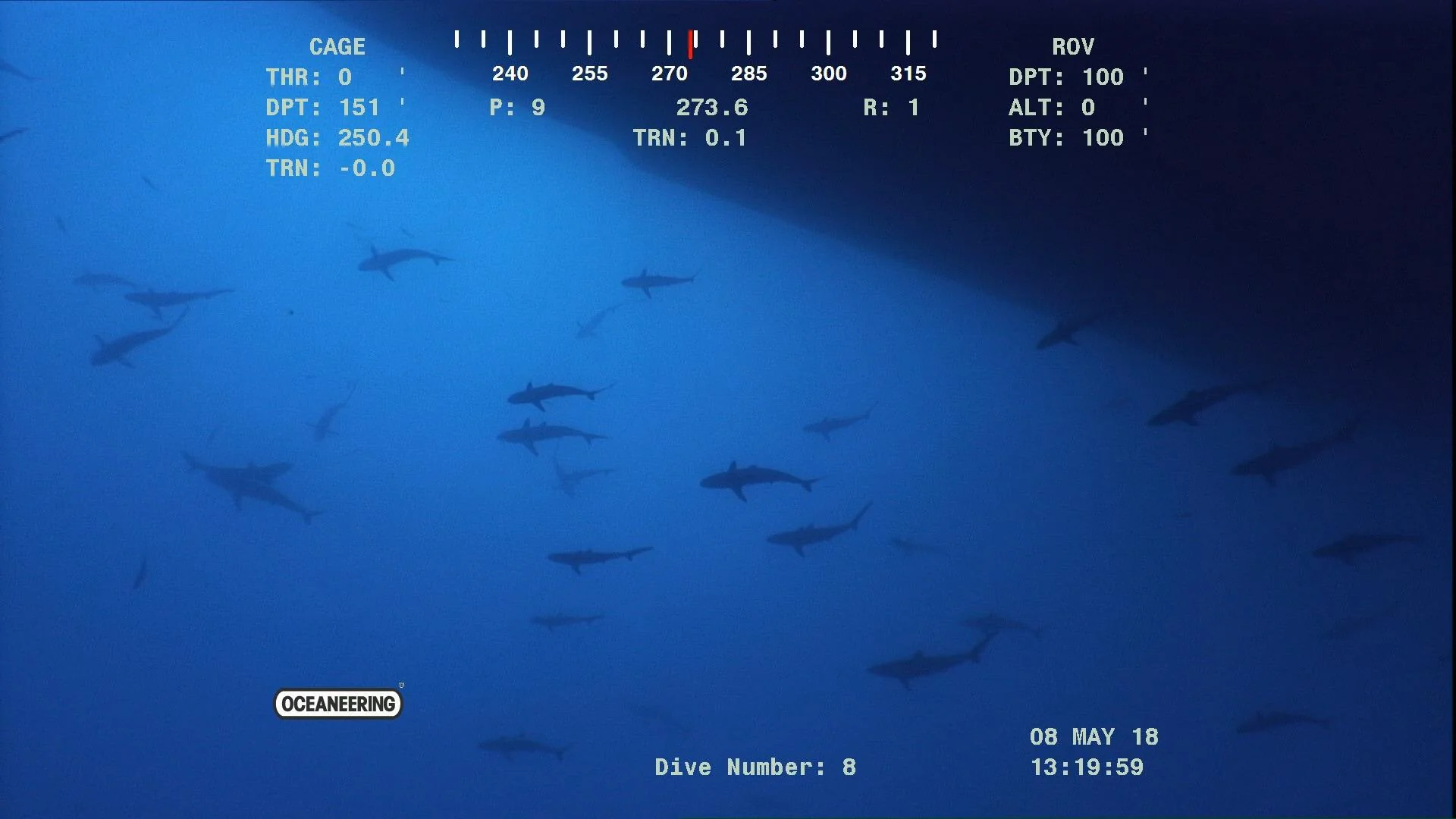 Less than 5% of the world‘s water has been explored.
Less than 5% of the world‘s water has been explored.
Lady Augusta Gregory’s 1920 collection Visions and Beliefs in the West of Ireland:
It’s said there’s everything in the sea the same as on the land.
There are spectral sea horses that mirror horses of the land. They steal oats and women, before returning to sea. Looking to the see presents a reflection, but one that is distorted.
Sublime
Thought
I am extremely susceptible to the sublime.
The aesthetic idea of the sublime as roots in an incomplete Greek text Peri Hypsous (On Sublimity) from the first or third century.
… of all objects that I have ever seen, there is none which affects my imagination so much as the sea, or ocean. I cannot see the heavings of this prodigious bulk of waters, even in a calm, without a very pleasing astonishment; but when it is worked up in a tempest, so that the horizon on every side is nothing but foaming billows and floating mountains, it is impossible to describe the agreeable horror that rises from such a prospect. A troubled ocean, to a man who sails upon it, is, I think, the biggest object he can see in motion, and consequently gives his imagination one of the highest kinds of pleasure that can arise from greatness. - Joseph Addison 1845
Thought
The nature of the ocean, for long voyages. If you were completely devoid of stimulus it might be more difficult? I am aware of doldrums, and how the sea can be a calm sheet. But mostly the roiling allows for creative interpretability? The challenge of the waves, in a way welcomes someone inclined for that?
I often think to myself, idly, why I am not considering space. I don’t think of it as a place to go anymore. It’s looming, inspiring and romantic when I open myself up to it outside of the light polluted areas I frequent. But I think of it, and confront it far less than screens.
That said, the clouds will always call to me, in this sublime way. Were the skies more clouded, local space more clouded, shifting like waves and obscure – might I dream further upward?
The paradox of fiction first identified by Radford and Weston in 1975: when readers or audience of a fictional work – which they know to be fictional – react in an apparently normal emotional way to some event in the fiction. Are these genuine emotional responses?
Some responses
- believing something is true need not be a prerequisite for having genuine emotions; simply entertaining might be sufficient
- we identify with the characters in our fictions
- mental simulation is important for creating empathy with fictional characters
Beauty and the Octopus: Close Encounters with the other-than-human
The Dream of the Fisherman’s Wife
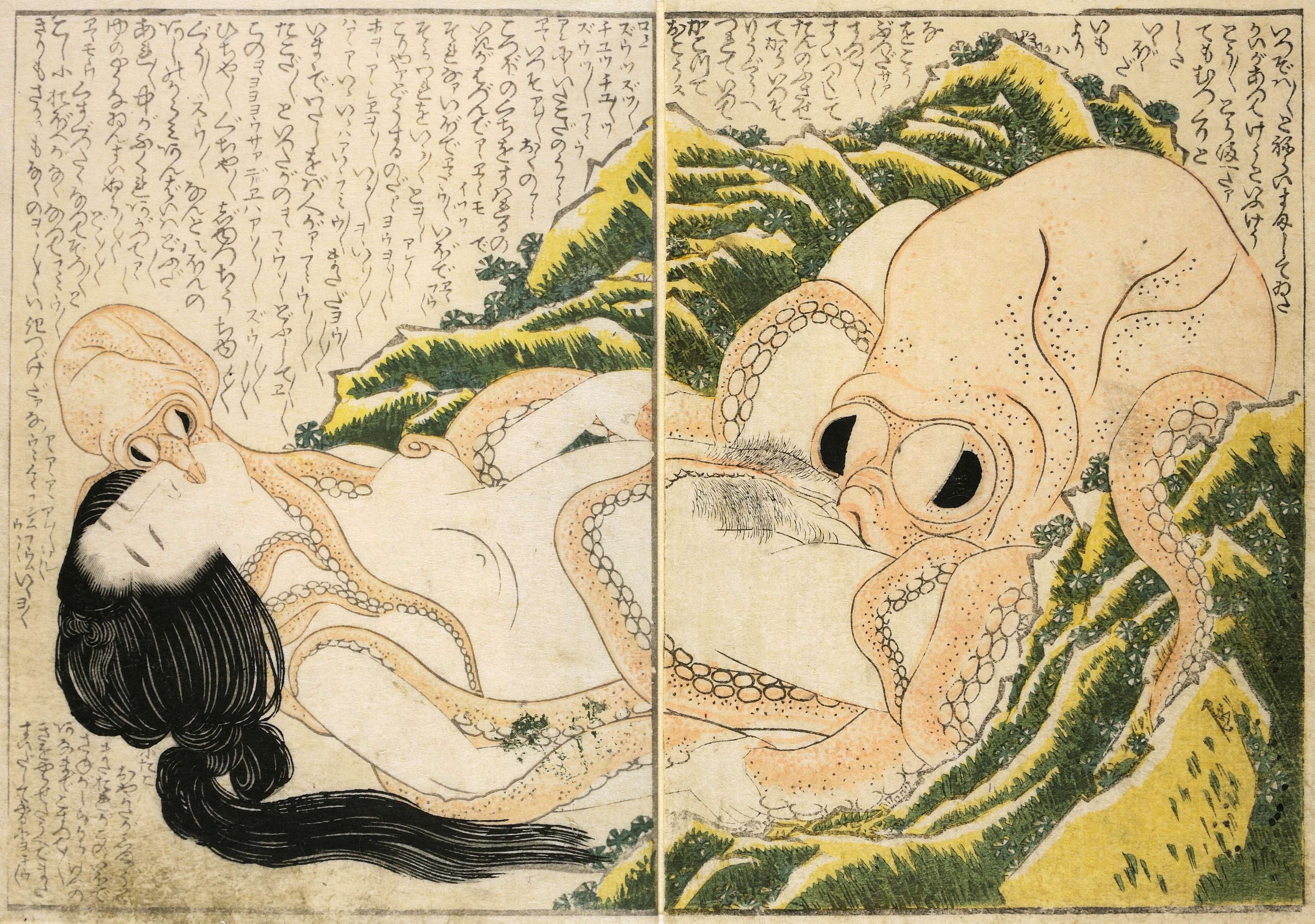
Hokusai’s painting is a shunga or erotic painting. This term translates to spring pictures.
Shunga pictures profusely used octopi as part of the larger production of ukiyo-e, a corpus of art focusing on the “floating world”: otherworldly, uncanny encounters with macabre beings, often erotic-grotesque in nature, and involving women, man, and fantastic creatures that could sometimes metonymically represent genitalia.
Another motif is the octopus-girl, a hybrid monster with tentacles protruding from the lower half of her body.
A study on Hokusai’s imagination by art critic H. Focillon remarked how, in the critic’s view, such fantasies of octopus intercourses could only be inspired by the artists’ upbringing in a marine environment, where divers would bring back edible monsters from the sea.
Thought
This isn’t really that great of a collection, but I see there is another volume.
Mermaid Spotting: The Rise of Mermaiding in Popular Culture
Mermaid fashion can be found across a number of popular brands, carrying slogans like “mermaid hair, don’t care”, “mermaid academy” etc – along with mermaid socks, sparkle body glitter.
Styling the sea is even disseminating into more DIY fashion, as teal blue ombre hair colours and crimped ‘beachy’ hairstyles have become popular.
The WeekiWachee showgirls of Florida are perhaps the best known mermaid shows, and have been performing at the springs since the 1940s.
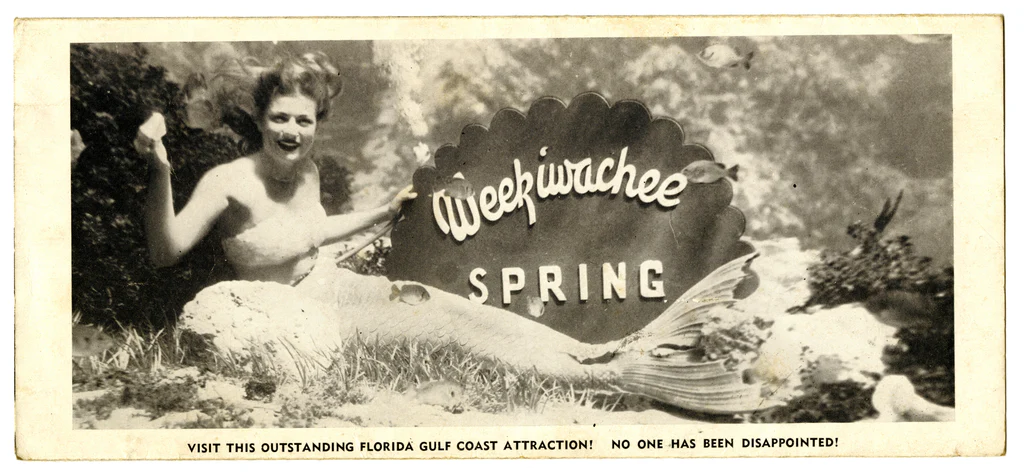
WeekiWachee Mermaids
The spring was named “Weeki Wachee” by Seminoles, which means “Little Spring” or “Winding River” in their language.
Since 1947 the mermaid show has been running in the crystal clear waters of the a natural spring. The Weeki Wachee show was created by Newton Perry, a former US Navy Seal Instructor and noted swim performer, who turned this stunning natural feature into the ultimate 1950s roadside attraction.
A popular trick involves the mermaids drinking a soda bottle in a single breath.
An embedded viewing theater allows visitors to see into the spring. In 1964 at the Weeki Wachee Springs underwater theater the world’s first underwater movie premiere occurred.
There are 1,000 professional mermaids working in the US according to the US Bureau of Labor Statistics.
Various fins and flukes (the end of the tail) are available, with different trade-offs (weight) and costs.
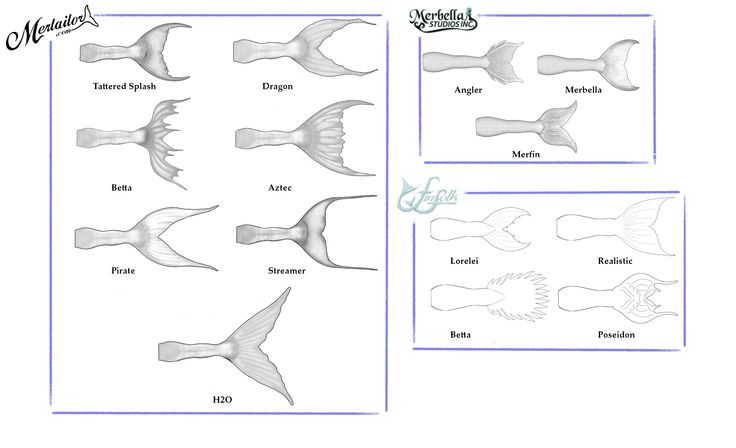
Despite this tendency for non-threatening feminine mersonas, performances of gothic, dark sirens do exist and there are several mermaids who adorn black/dark blue tails, body art and a more general ‘goth’ style.
